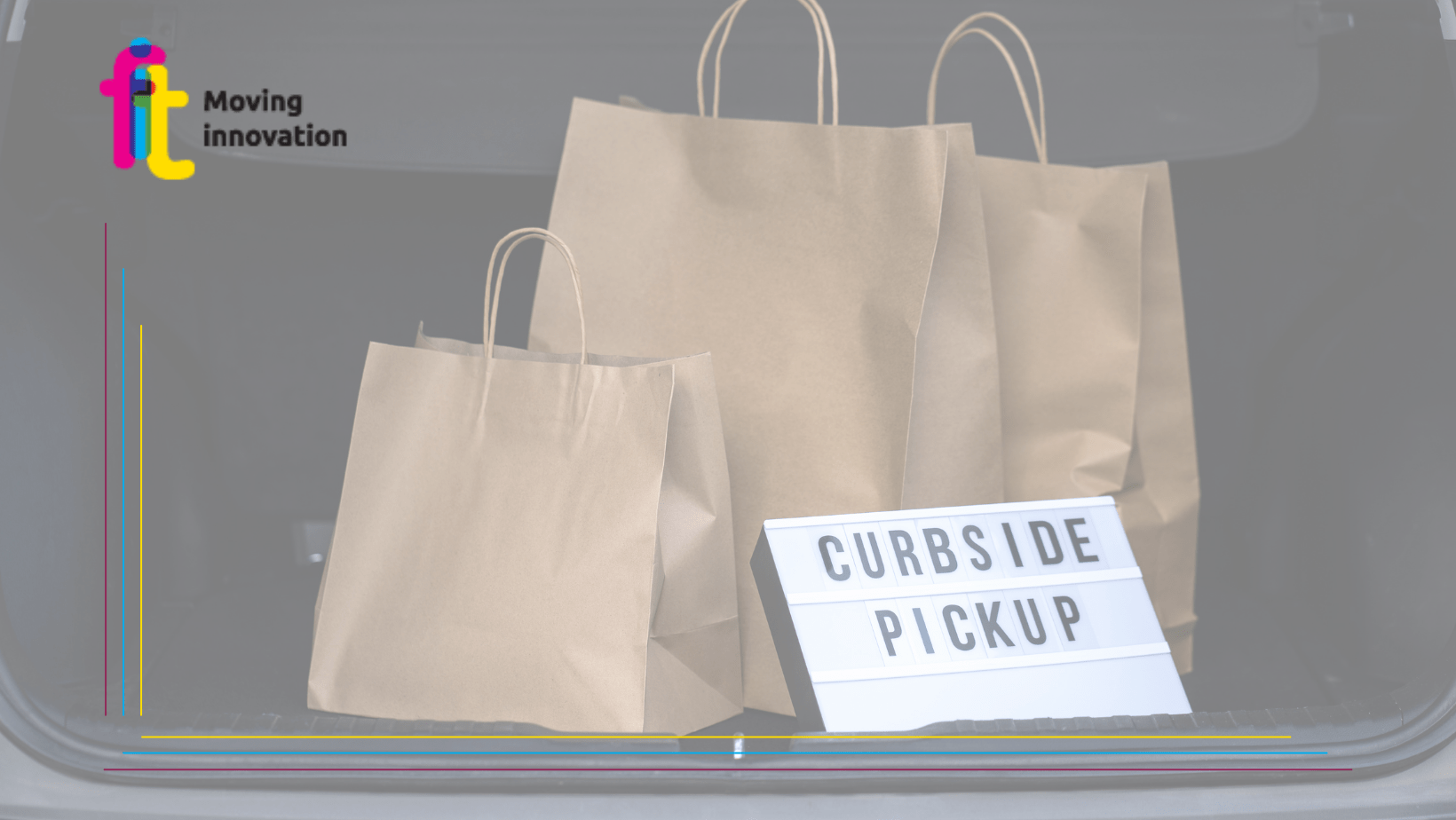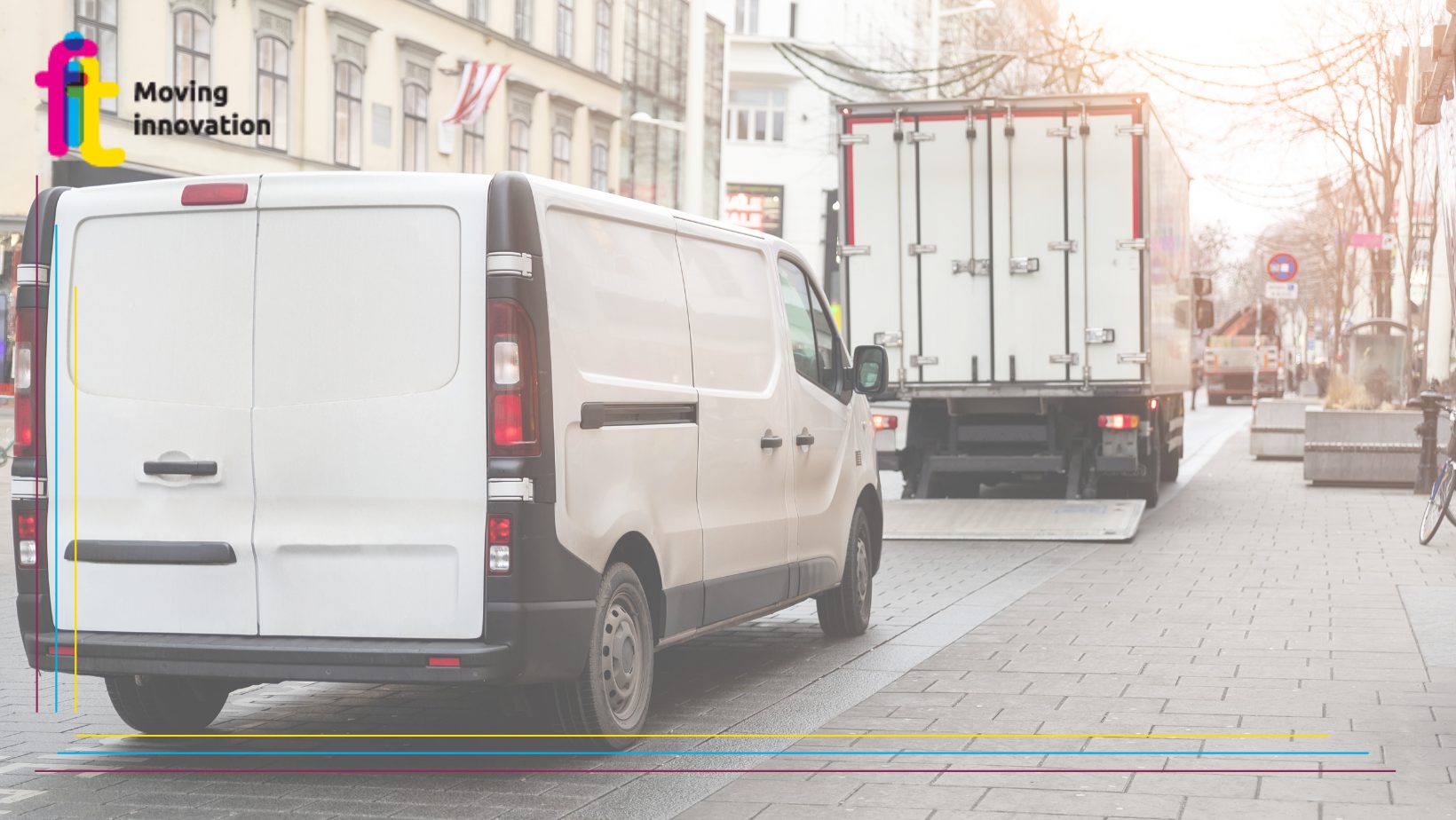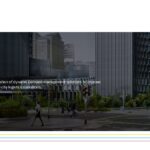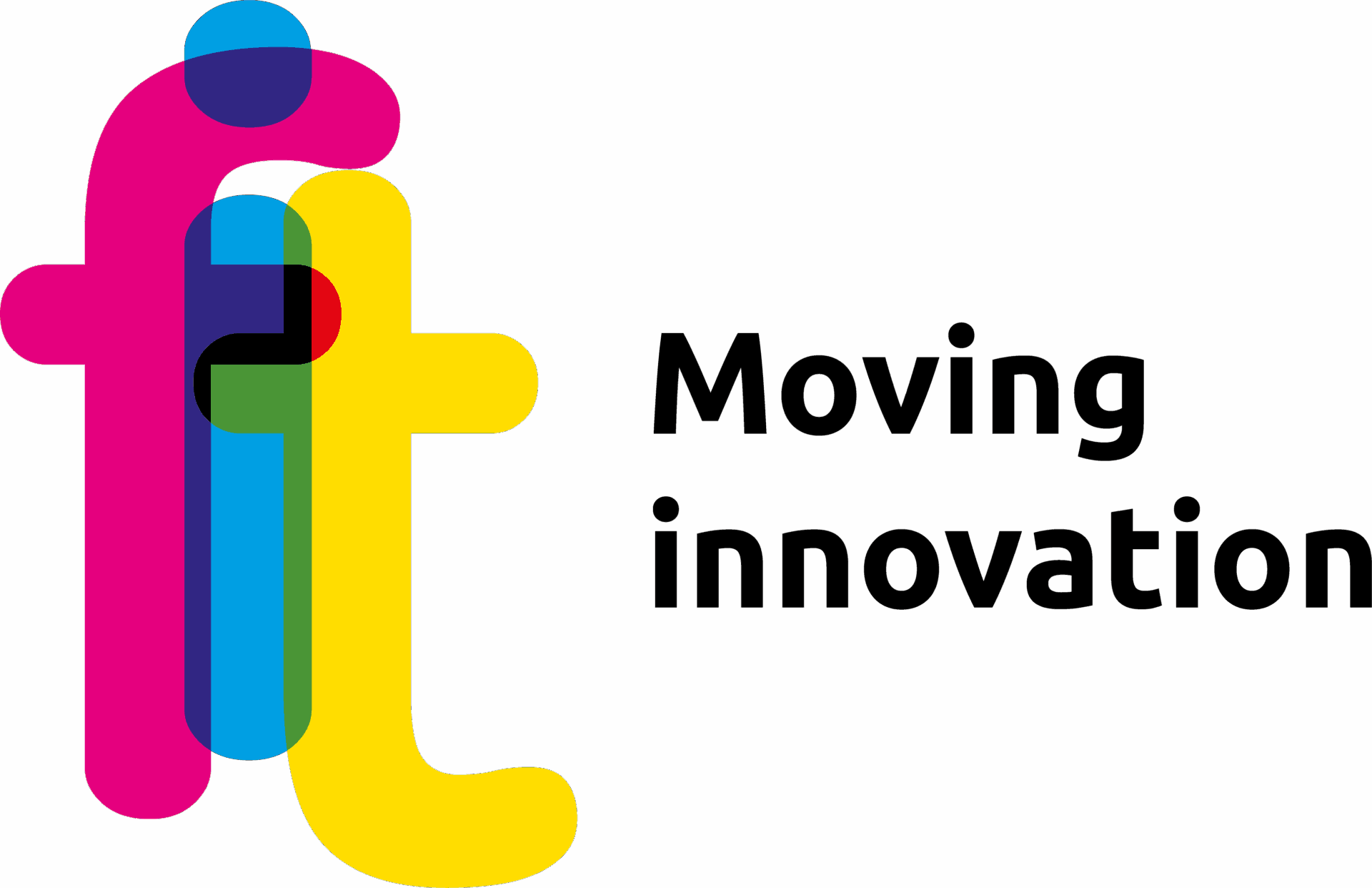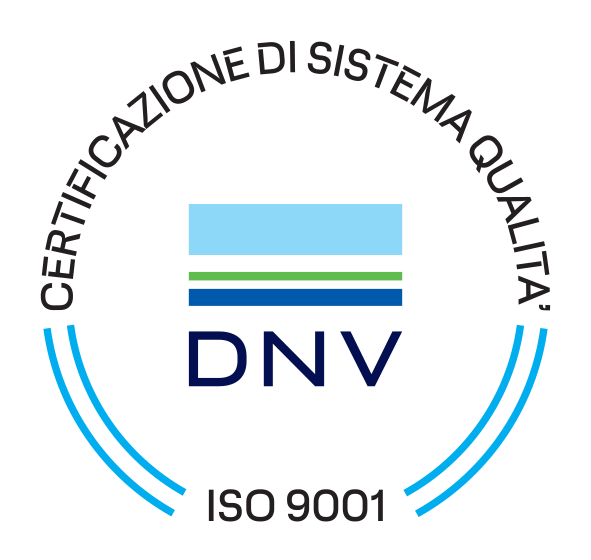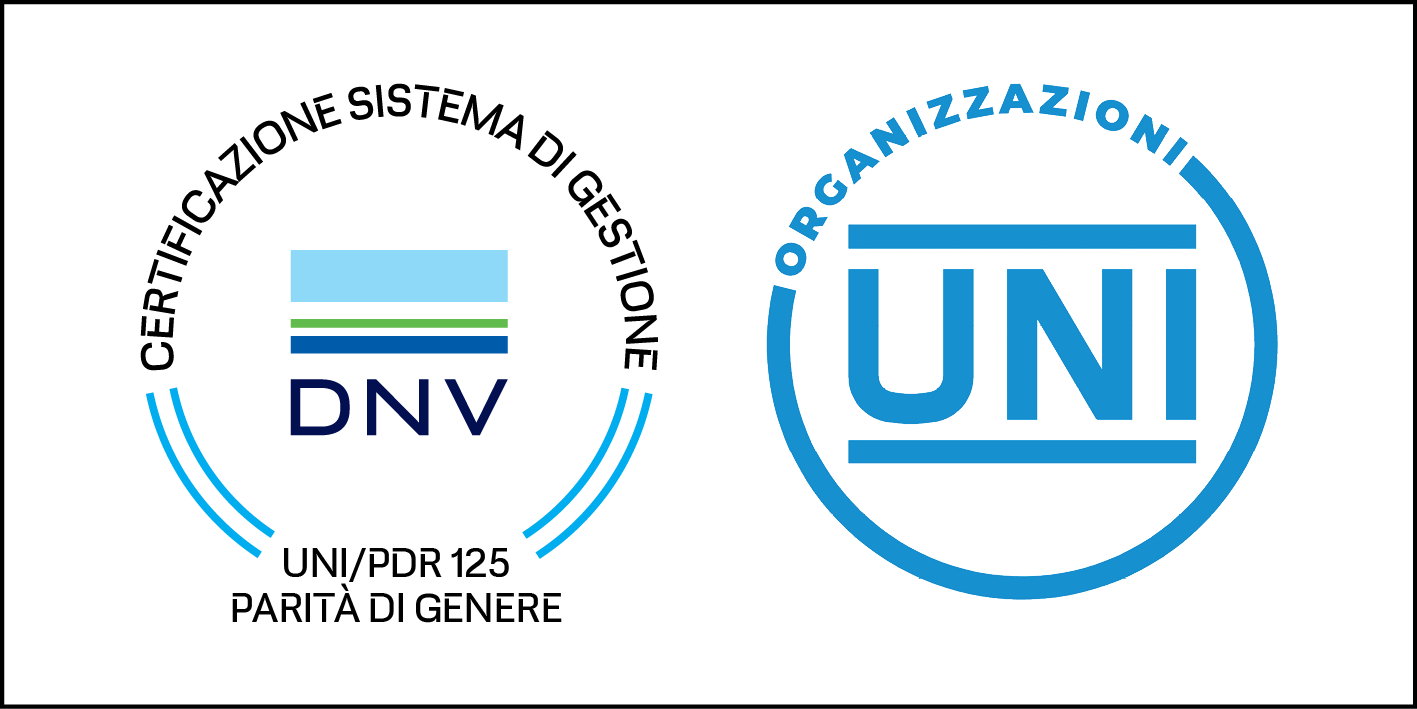The curbside is the urban street space adjacent to the pavement and the pavement itself, and is the starting and finishing point for a wide range of mobility services, representing a true urban capillary network and, therefore, an important resource for our cities.
Disruptive changes in consumer habits, the exponential growth of eCommerce, new mobility models, instant deliveries (e.g. food – home delivery) and the effects of Covid-19, added to the already significant impact of traditional freight transport, have caused on the one hand a strong surge in the number of last-mile deliveries and, on the other hand, an increase in pressure on the entire urban mobility and accessibility systemfurther limiting the – already scarce – availability of dedicated areas for delivery and collection operations
For many years, the curbside was used almost exclusively for private car parking and competition in this area was mainly limited to taxi and bus stops, which represent the traditional demand for mobility.
The proliferation of shared mobility (including micro-mobility – considered convenient and appropriate for mobility needs in historical centres – bike sharing, ride sharing)online purchases and the concomitant need to limit contact with home delivery to comply with the social distancing required by Covid-19 containment measures, have generated new demand for curbside use, introducing new forms of competition among city users, outlining a fast track for the development of a proximity delivery and collection concept. From here a change of course in the management of public spaces became urgent (but also private, with a view to optimised use of existing infrastructure – e.g. temporary or mixed use for an urban logistics platform. See the PLUME project, developed by FM Logistics) and access to cities.
Conventional curbside users have to deal with conflicts with new competitors and face the risks of strong inefficiencies in terms of operations and externalities.
To the scarcity of available urban spacesto efficiently meet all the mobility needs of city users, then adds the exponential growth in demand for curbside use, whose real value, in terms of potential asset revenue – in the same way as real estate – is often inadequately recognised, severely underestimated or not valued.
The most optimistic see Covid-19 as an unprecedented opportunity, both for private individuals (e.g. operators, restaurateurs, transport service providers) and for public administrations who have the opportunity to make our cities affordable places for everyone. For both, there are new prospects for new sources of profit, margins for efficiency gains, improved quality of life and full satisfaction of customers, end users or – more generally – citizens.
To face this important challenge, it is necessary to find tools that enable European public administrations to activate a virtuous dialogue with city usersbased on space-sharing principles, pricing assumptions, rules and reward criteria, managing potential conflicts between the different parties who, on a daily basis, use the same spaces at the same times of day and, at the same time, providing cities with green areas also with a view to enhancing the value of real estate in the areas concerned, with impacts on investments as well.
The new competition living in the ‘curbside community’ is not only generated by the growing trend of urbanisation, but also by the increasingly pressing need to create sustainable urban areas to cope with climate change raising the level of liveability, accessibility, social equity, economic growth, enhancing the principle of proximity to manage the increasingly pressing and specific mobility and supply needs of citizens and economic operators, favouring sustainable modes of transport and fostering the spread of the concept 15-minute city (People at the centre of urban transformation. Anyone living in cities should have access to essential urban services that can be reached within a reasonable time of 15 minutes on foot or by bicycle).
In this context, urban planners will have to be able to design, also using the new technologiessuch as the Digital Twin (digital representation of an asset, process or physical system) and theArtificial Intelligenceto identify functions in the case of mixed use of public spaces by appropriately considering socio-economic aspects and implementing virtuous models. New business models also imply the optimised use (e.g. temporary/flexible) of existing infrastructure (public and private), putting it at the service of the urban mobility system.
Cities and their administrators have to deal with a myriad of important decisions impacting the urban mobility of people and goods on a daily basis. A digital response and integrated vision of a city or metropolitan area would enable planners to answer important questions by adopting virtual models capable of proposing sustainable and desired ‘what-if scenarios’, with predictive decisions based on real data. This allows an overview that can and must take into account the needs of city users, so that the right decisions can be made, governance can be designed that adheres to reality and reduces costs and the risk of accidents and damage to public health in the real world, encouraging the involvement of all city users.
Technologies, such as the Digital Twin, provide informed answers to some important questions including: how to minimise congestion on the roads during peak hours while taking into account the functional characteristics of the urban areas concerned? What would be the right location for the new cycle lanes? Do e-scores providers have the requirements to integrate the system effectively with existing services? How to place lockers for efficient urban logistics?
If integrated into a curbside management model, technologies enable digital and flexible planningin which decisions and measures are defined with the support of customised demand data in real time, defining the precise needs of the city users and functional priorities of the city, appropriately and flexibly allocating the economic value to the curbside area concerned and the revenue model. There is a need for an effective and fast communication system regarding interventions and changes concerning the introduction of new measures, whether restrictions or incentives or the introduction/modification of the tariff system.
However, it is important to emphasise that curbside is a significant source of profit for the public administration (e.g. car parks) and has always been an important index for defining the value of buildings and adjoining spaces. For this reason, a reallocation, however virtuous, of these strategic urban spaces is politically very complex and articulated to manage, especially because it is very difficult to make people understand their real value and potential, even more so in the absence of detailed data (purpose-oriented data acquisition).
Therefore, in this new vision, the curbside community must have tools to accept the revenue model and rules, defined on the real estate value of the target area, the demand and the intended use (which in any case must be thought of as dynamic and flexible). In addition, the governance model must be considered fairly (but also the definition of functional areas at urban and metropolitan level), hardware and software infrastructure (e.g. sensors, information systems, wireless connections, smart lockers, charging stations for electric vehicles, etc.). which the city and operators must equip themselves with, and the pricing system, rules (enforcement) and incentivesensuring not only fair accessibility for all, but also a safe and profitable urban system (sustainable car).
New appointment in September with the second part of the case history that will cover the opportunities offered to European cities by curbside management and much more
Author of the article:
Paola Cossu – CEO of FIT Consulting and vice chair of the ALICE Urban Logistics Thematic Group
Email: cossu@fitconsulting.it

